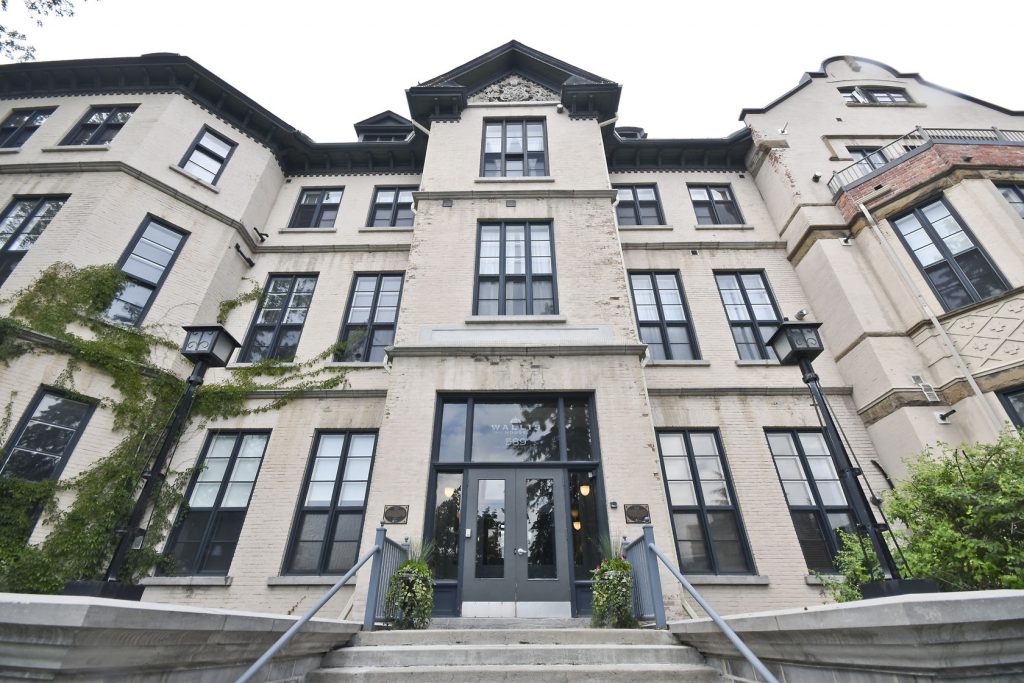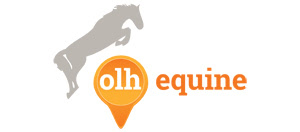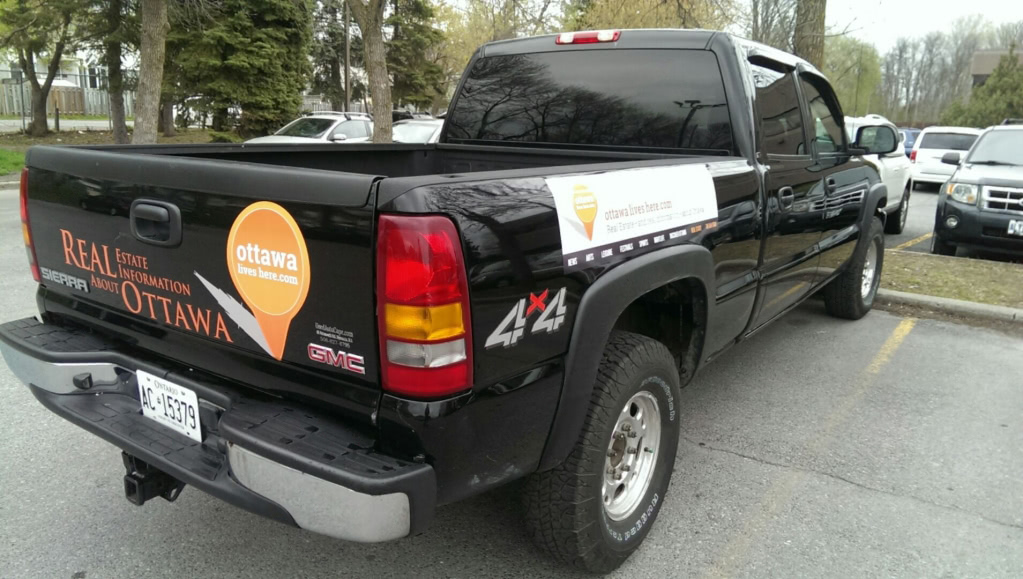buyers hedging against second wave of COVID-19
The biggest factor driving up prices is a shortage of listings, which in July were down 55 per cent year over year for residential properties and 37 per cent for condominiums.
Author of the article:James Bagnall
Publishing date:Aug 10, 2020

Is this what a housing bubble looks like?
In the midst of a pandemic, with employment levels down more than 60,000, Ottawa residential resale properties sold for an average $585,000 in July — up 20 per cent compared with the same month a year ago. The condo market, too, was sizzling, with average sale prices of nearly $358,000. This was a 19.4 per cent gain from July 2019. This, according to sales data compiled by the Ottawa Real Estate Board.
Residential, condo prices surge in July on limited inventory: buyers hedging against second wave of COVID-19
The biggest factor driving up prices is a shortage of listings, which in July were down 55 per cent year over year for residential properties and 37 per cent for condominiums.
Oddly enough, the pandemic itself is also a catalyst. The biggest increases have been in the $700,000 plus range says Chelsea Hamre, a sales representative for ReMax Affiliates Realty. “People have been asking themselves where they want to be if this (virus) hits again, if we see a second wave,” she says. “They want more space for home offices, and bigger backyards,” she adds.
Hamre notes these clients have been willing to spend more for the extra real estate, and some – notably those for whom telecommuting is a good option – are looking far afield.
Bill Meyer, a sales representative for Re/Max Hallmark Realty, says his team has noticed increased interest in properties on Ottawa’s periphery, in towns such as Embrun, Carleton Place and Kemptville.
But, he adds, these wider geographical searches also reflect the general listing shortage. “This situation has been building for five years,” says Meyers, “and based on what we’ve seen so far in August, I don’t see any change in price momentum anytime soon across the Ottawa market.”
Indeed, properties are being snapped up quickly, usually after bidding wars. Board president Deborah Burgoyne said nearly 60 per cent of all properties sold over the asking price compared with a more restrained 33 per cent in the same month last year.
The average cumulative days on market (through multiple agents where this occurred) for residential properties that sold in July was 33 days, compared with 39 days in July 2019. Condominiums on average took just 18 days to sell compared with 49 days for those sold in July 2019.
The July tally appears to mark a return of the momentum that was very briefly slowed by the economic lockdown that began mid-March in response to the coronavirus. Prices began escalating around mid-2019, and by February 2020 were rising at nearly 21 per cent year-over-year.
Prices softened somewhat in March in April — though never came close to reversing — and have since resumed a boom-times trajectory.
A closer look at residential sales in July by district shows a tumultuous market, with average price hikes ranging from 77 per cent year over year for Bell’s Corners to a net drop of 25 per cent for properties in the Dow’s Lake – Civic Hospital district. Mostly these reflect the outsized impact of one or two sales during a month the districts experienced very few transactions.
The high-volume districts of Barrhaven and Kanata saw price gains of 20 per cent — bang on the average for the city. Orleans-Cumberland, the other busy district, reported average price hikes of 28 per cent year over year.
More generally, the hottest districts did not include the downtown core. They did, however, encompass several districts located well outside the core — Dunrobin (a 47 per cent year over year gain to $597,000 on 21 residential sales), Greely (45 per cent jump to $707,100 on 35 sales) and Manotick (a 37 per cent rise to $974,000 on 32 transactions in July).
For now, these are the new sweet spots.
Tables below derived from data provided by Ottawa Real Estate Board













